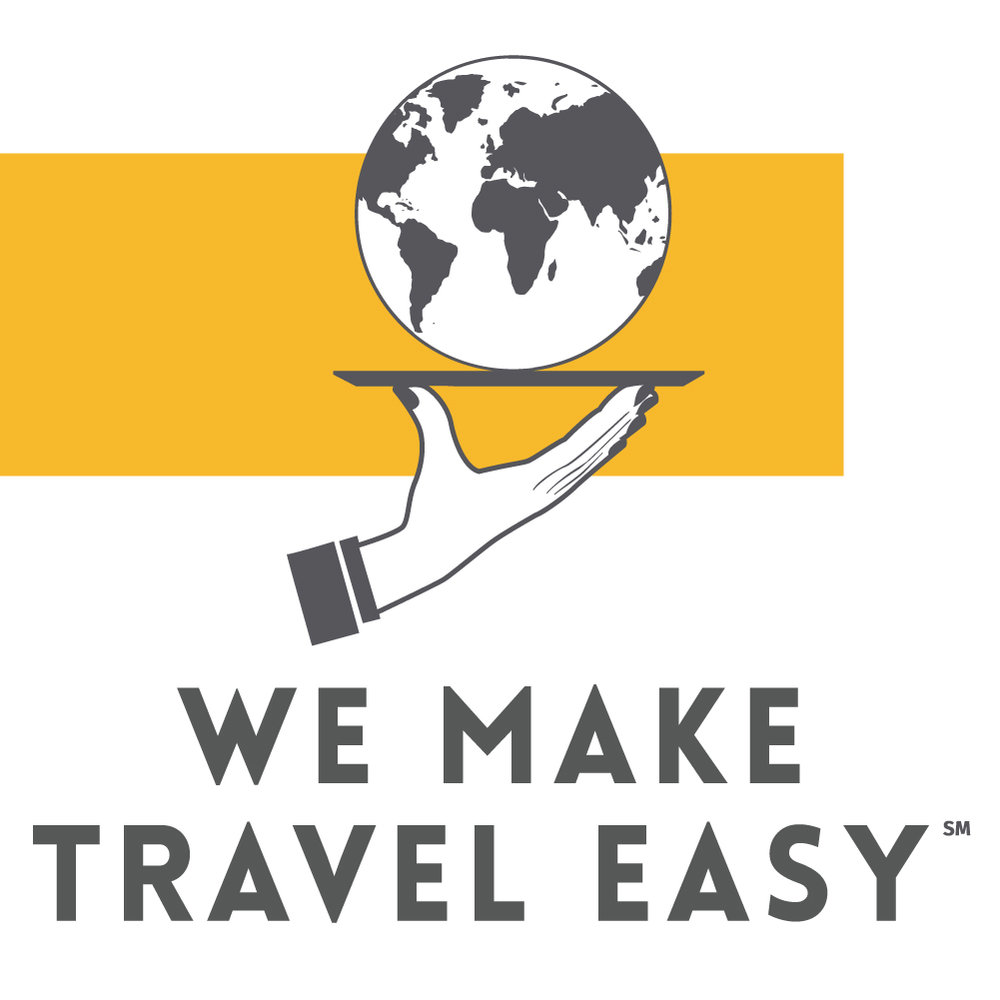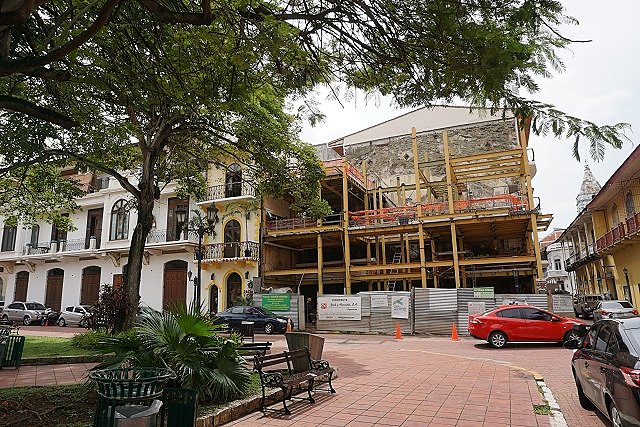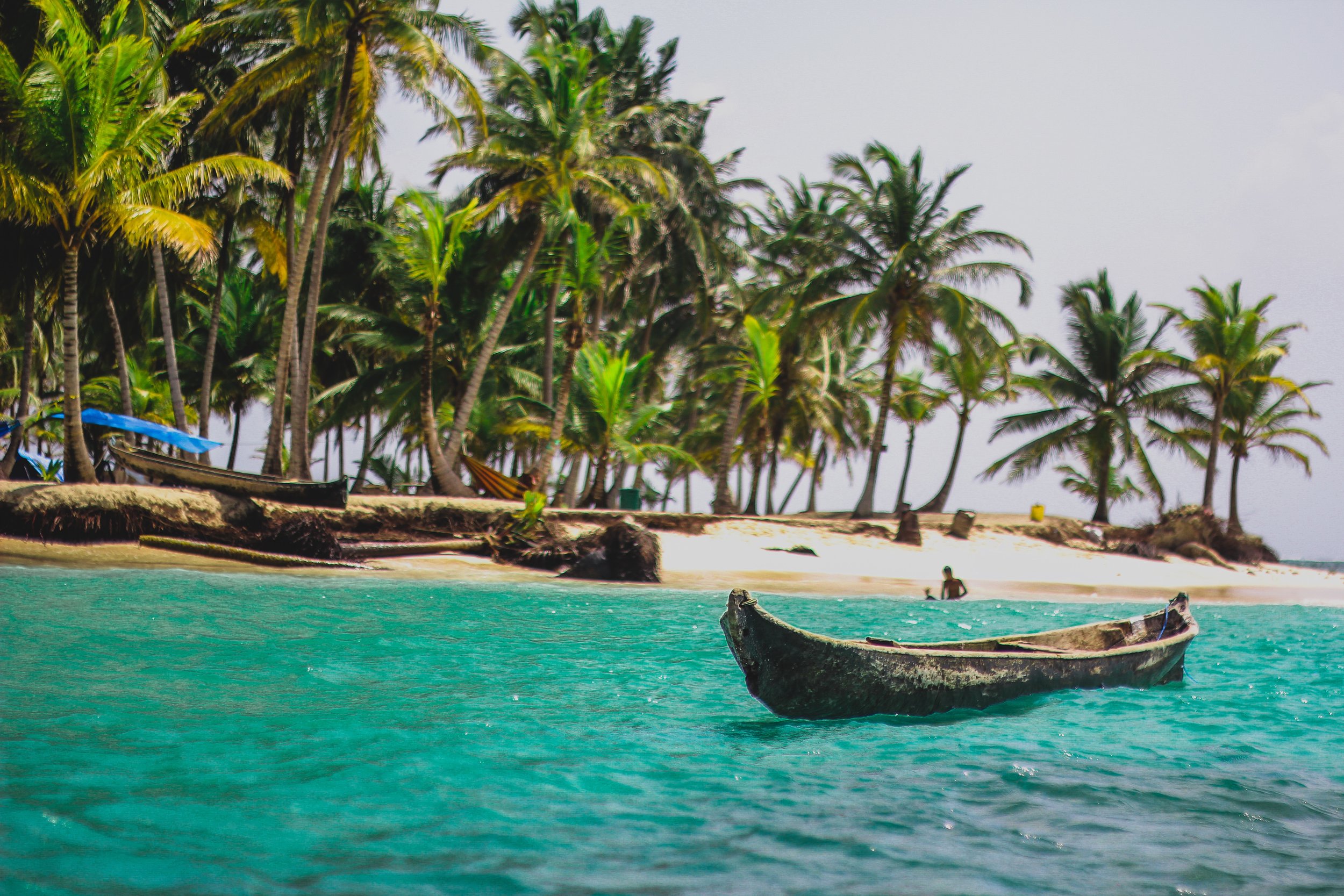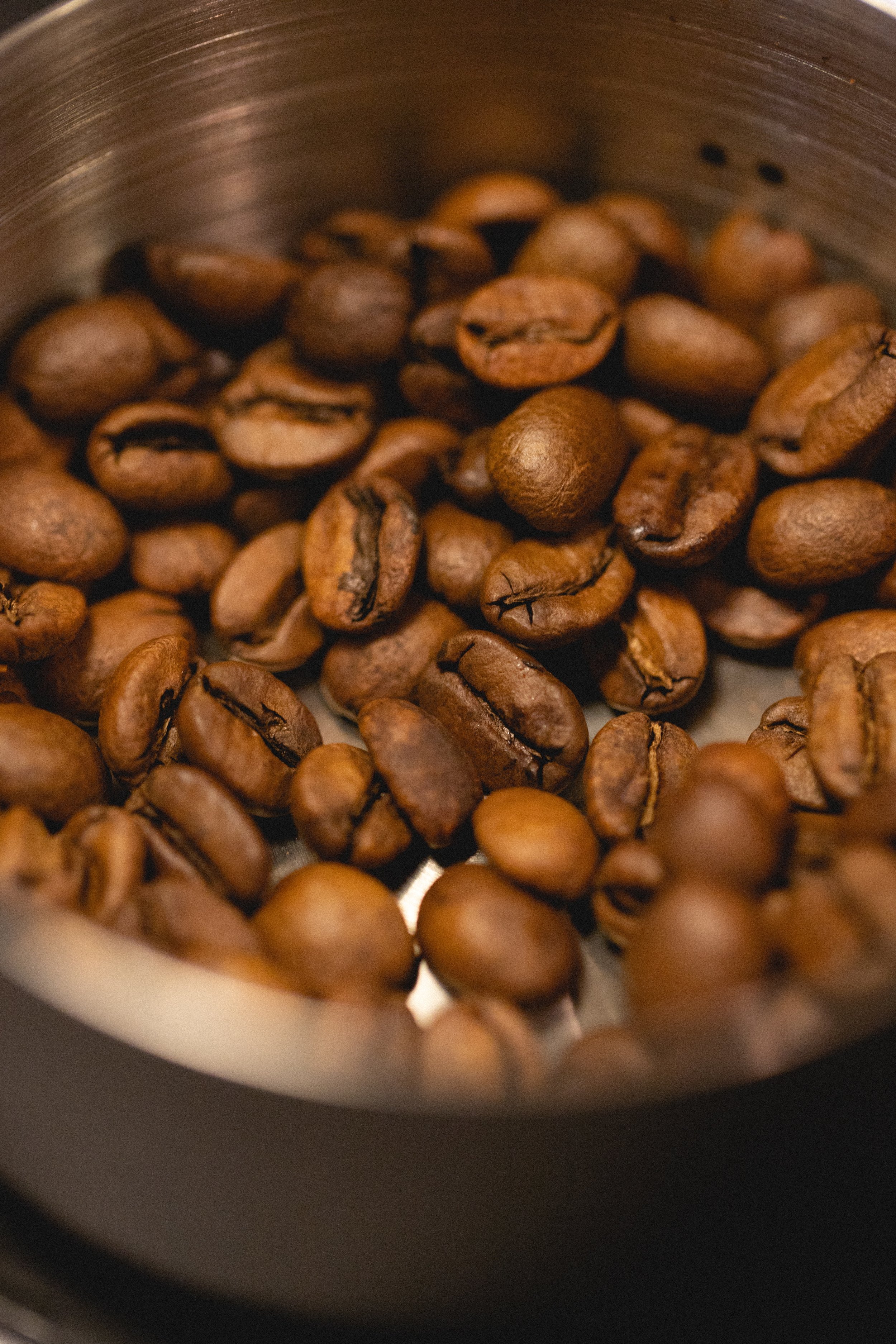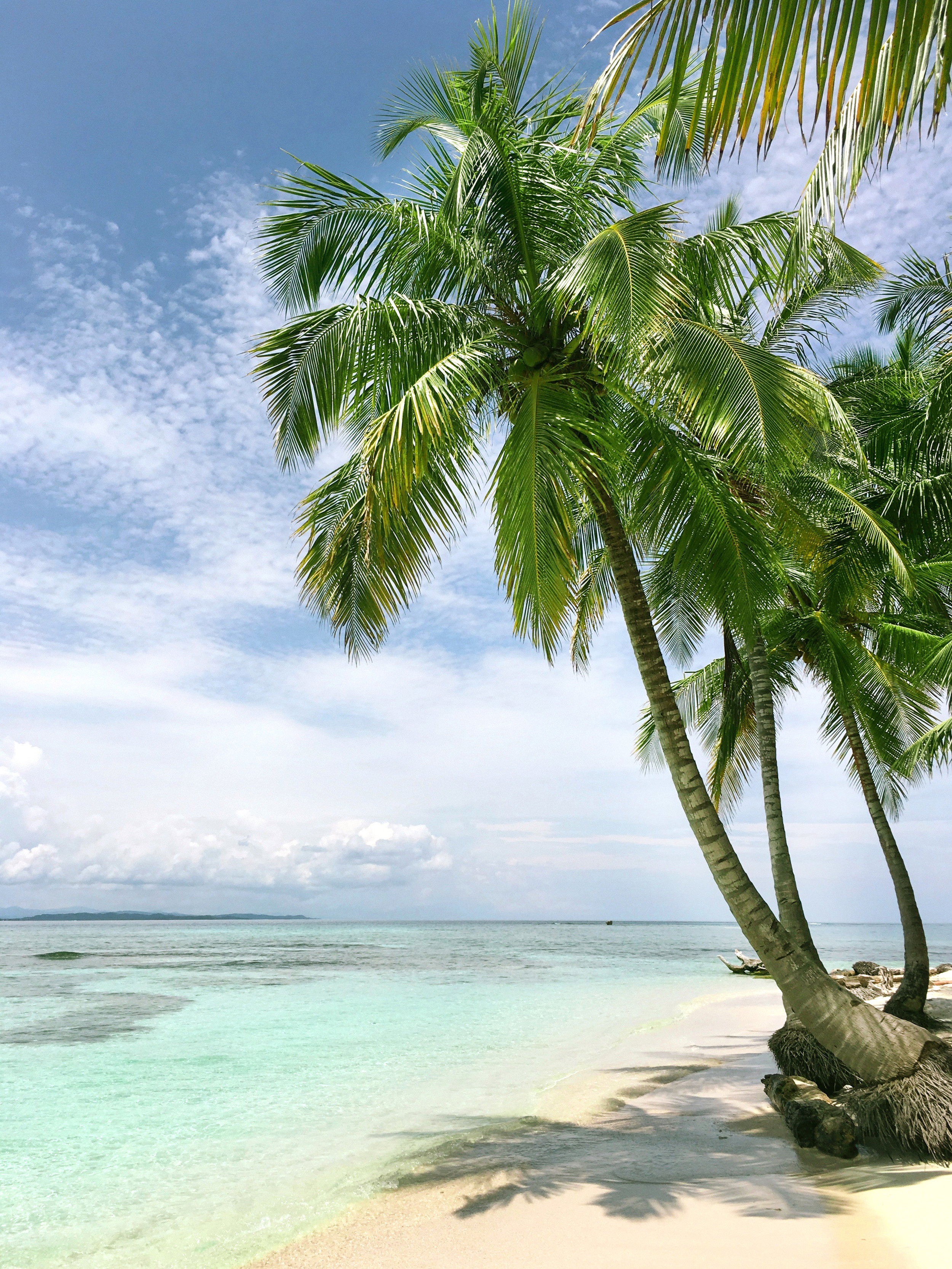The first week in June I was signed up for 3 travel conferences, back to back in Boca Raton, FL. So, when I received an invitation to a FAM trip (travel agent familiarization trip) to Panama, following my conferences, I couldn’t resist.
Panama has been on my list. I’m fascinated by major feats of technology. I loved the Delta Project in The Netherlands, I went to China to see the Yangtze River before it was flooded by the Three Gorges hydroelectric gravity dam project. This was my chance to see the Panama Canal and to experience a country that I have been hearing wonderful reports about.
I found the Canal fascinating. The museum is 4 stories. I could have spent hours watching the ships go through the locks. Unfortunately, we only had a short time there; too much on our whirlwind list of sights to see.
What I didn’t expect was how much like Cuba, it is, in many ways. Panama lies south of Cuba and is wedged between Costa Rica and Columbia. Being the narrowest piece of land between the Caribbean Sea and Pacific Ocean, it was the main stage for the Pirates of the Caribbean (1600’s). Spain was sending gold back to the motherland and the pirates wanted every doubloon they could get their hands on. Throw in some slave trade and there was money galore.
I landed at a very modern and much larger airport than expected. Driving into Panama City, the skyline was very reminiscent of Dubai. One building looked like the Burj Al Arab. Another, the twisted building (as the Panamanians affectionately call it) reminds one of Dubai’s Cayan Tower. Obviously, nothing like Cuba whose growth was stinted in 1959.
But then you arrive in Casco Antiguo or Casco Viejo and you are in Old Havana. The same architecture, the same architectural treasures, in ruins, with trees growing out of roofless buildings. But that’s where the similarity ends. Casco was declared a UNESCO world Heritage site in 1997. Panama has resources and money. These treasures are being restored to modern standards and functionality. The beauty is protected and secured. However, all the structural materials to rebuild are available. Plumbing is modern and works; air conditioning, almost unheard of in Cuba. If something breaks in your hotel, it’s fixed immediately. Hot water, toilet seats, are abundant. Furniture and linens are new. Mattresses and pillows are comfortable. No worries about the roach brigade visiting your room at night.
You won’t see the restored US cars, but you will see most everything else. It’s easy to get around, things work, and the people are very welcoming. I met several people from Cuba, who were glad to have left and happy to be in Panama.
My hotel, La Concordia, a newer 19th century addition, was beautifully restored with each room having its own private balcony, to enjoy the views and street scenes below. Panoramic city views, from the top floor bar and restaurant, with incredible food from a Spanish chef.
The food scene in Panama is delicious. From Michelin star restaurants to Fondas (street food) owned by Michelin star chefs, to any international cuisine, you could want. Chocolate and coffee are all the pride. Panama Geisha coffee is up there with the finest in the world. I bought 115 grams for $30. Haven’t tried it yet. I’ll let you know when I do.
Art galleries and craft shops are lovely. Panama hats (yes, I know they originally came from Ecuador), rum, chocolates and coffee. Panama is a Duty-Free Zone. Businesses come from all over South America to shop. You can too. Bring some extra suitcases.
Not a city person. Does the rain forest jungle call you? Our next stop was Puerto Bello; the real Prates of the Caribbean. This is where Sir Frances Drake and Henry Morgan fought the Spanish. In fact, Drake is buried at sea off a small island at the entrance of Puerto Bello Bay. Along the bay are many ruins and remnants of Spanish forts from the 1500 and 1600’s. The town, named by Christopher Columbus in 1502, was recently added to the UNESCO list. Slowly renovations are happening. The people of the town are descendants from the slave trade with lineage back to the Congo. Music and dance schools are teaching the kids about their heritage and culture.
We arrived and were transferred by water taxi to El Otro Lado, literally The Other Side. (The website needs work, scroll down to see the photos). This is heaven in the jungle. Beautiful orchids grow on trees. The maximum number of guests is 20. The grounds are beautiful. The artwork is all from local artists and wonderfully tongue in cheek, as well as stunning. It sits on the bay with beautiful views, a private lake, no beach. Not a problem. They will take you by private boat to a private beach and pick you up when you are ready to come back. Or you can take a catamaran trip for the day. Sail around the bay, out into the Caribbean, anchor to snorkel or kayak. If you are a scuba diver, there are some amazing sites to dive. Healthy coral reefs, which are becoming rarer as water temperatures rise.
Not a water person, how about cooking or art classes? You can hike through the jungle, with your private guide. Hammocks abound in every spot. It’s a step above glamping as you are in a cabana or the Casa Grande (4 room, 2 story house) all with A/C and the rain forest jungle or bay, right outside your door. Perfect for a family reunion, board retreat, business meeting, friends’ getaway, small wedding. You can rent the Casa Grande or buyout the entire retreat. This is truly a place to disconnect to reconnect.
If you are looking for turquoise waters and white sand beaches that’s the Pacific side in the archipelagoes. Check out Pearl Island , owned by the same family. Right now, it’s villas accessed with charter planes. A beautiful hotel is in the plans. Put this on your super luxury bucket list!
Check out my Facebook page. I’ll be posting pictures from my visit. If you stop by, please like my page.
Call me, let's talk! 415 931-1945.
Prefer to email? info@WeMakeTravelEasy.com
